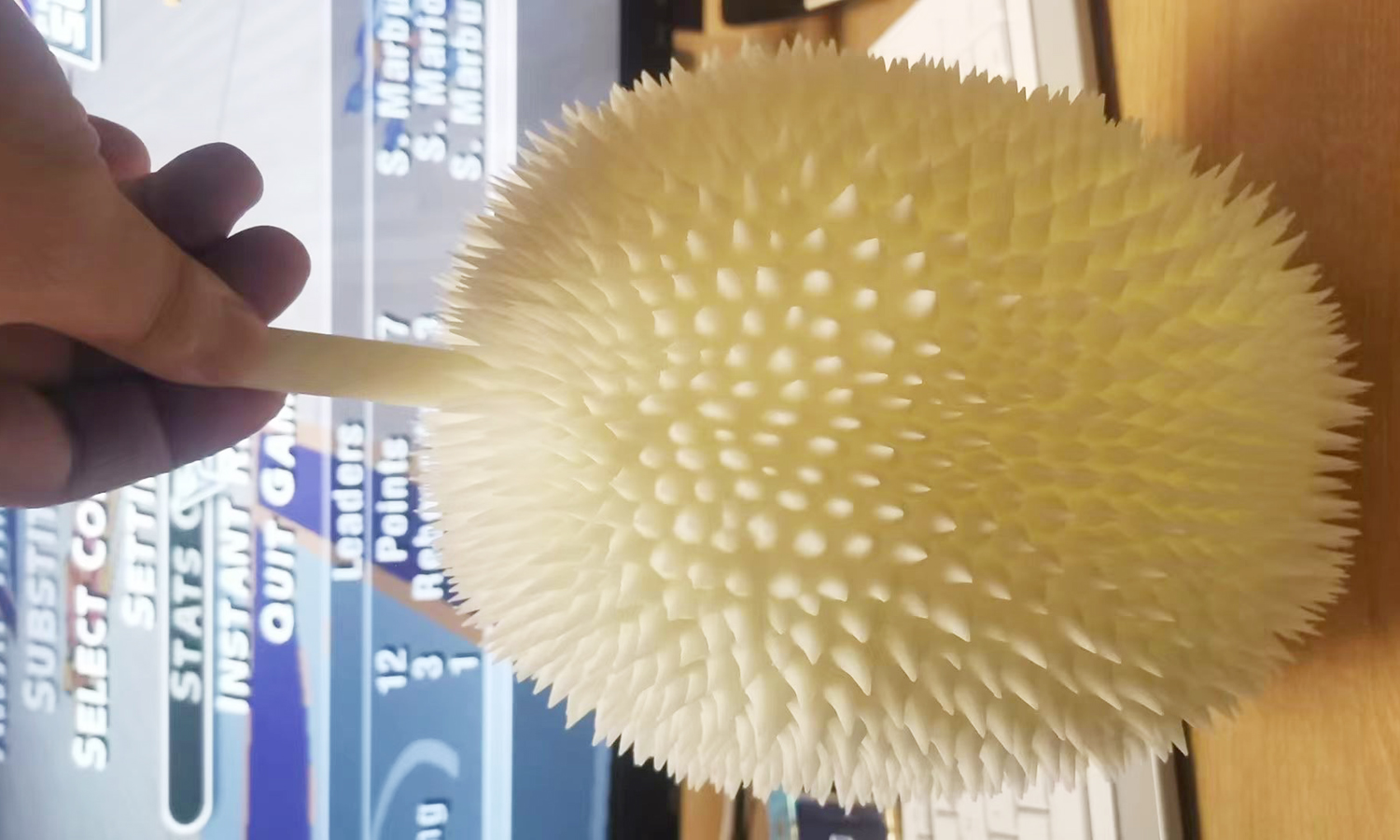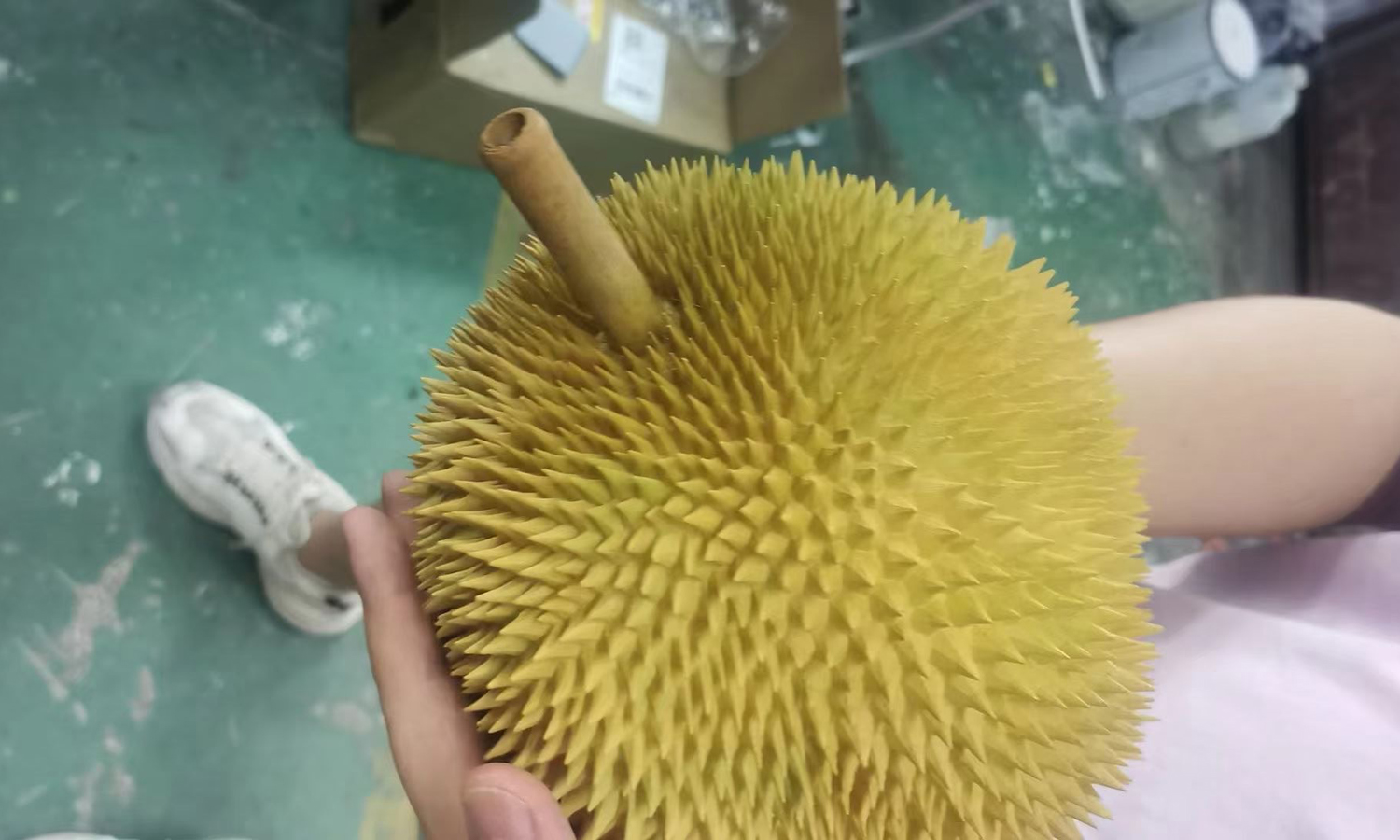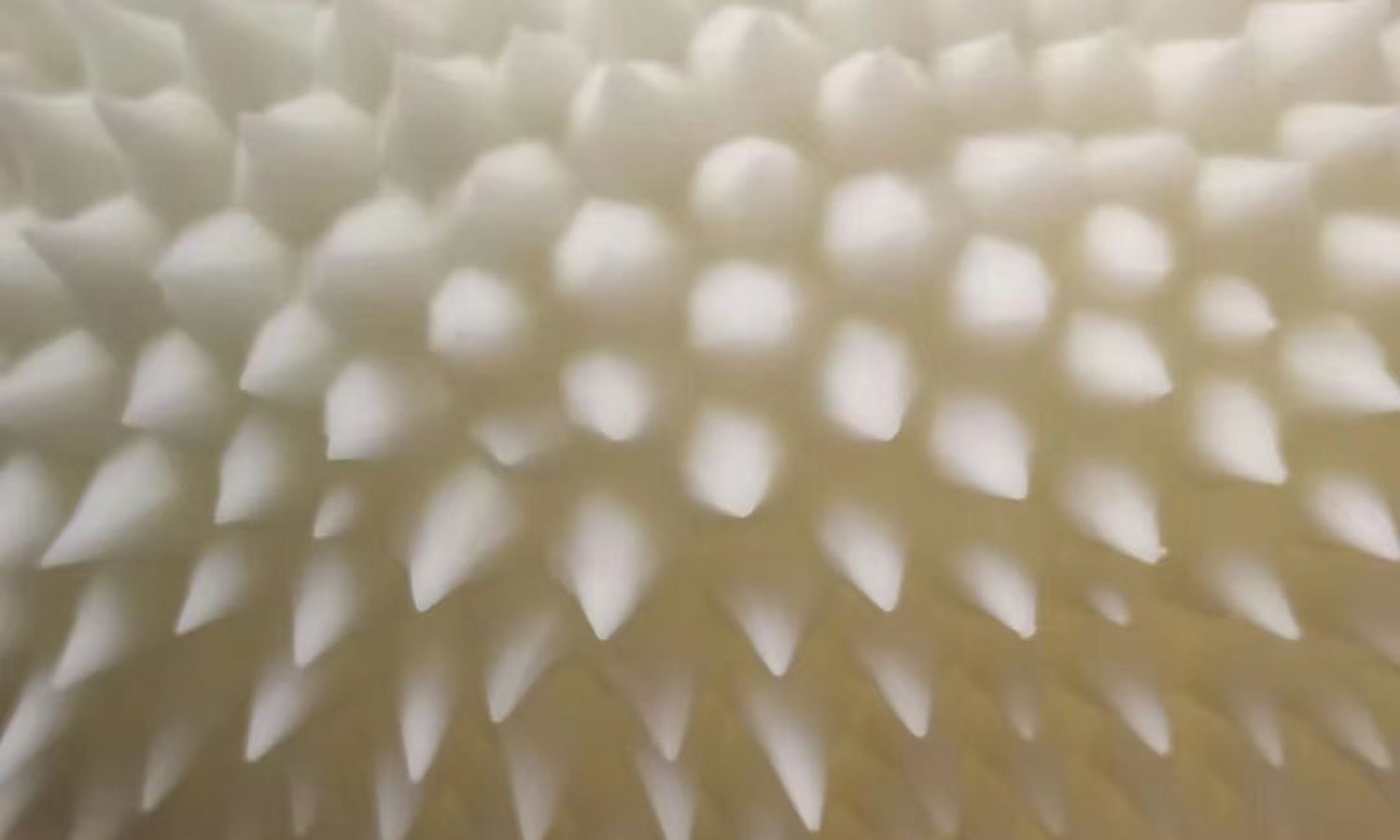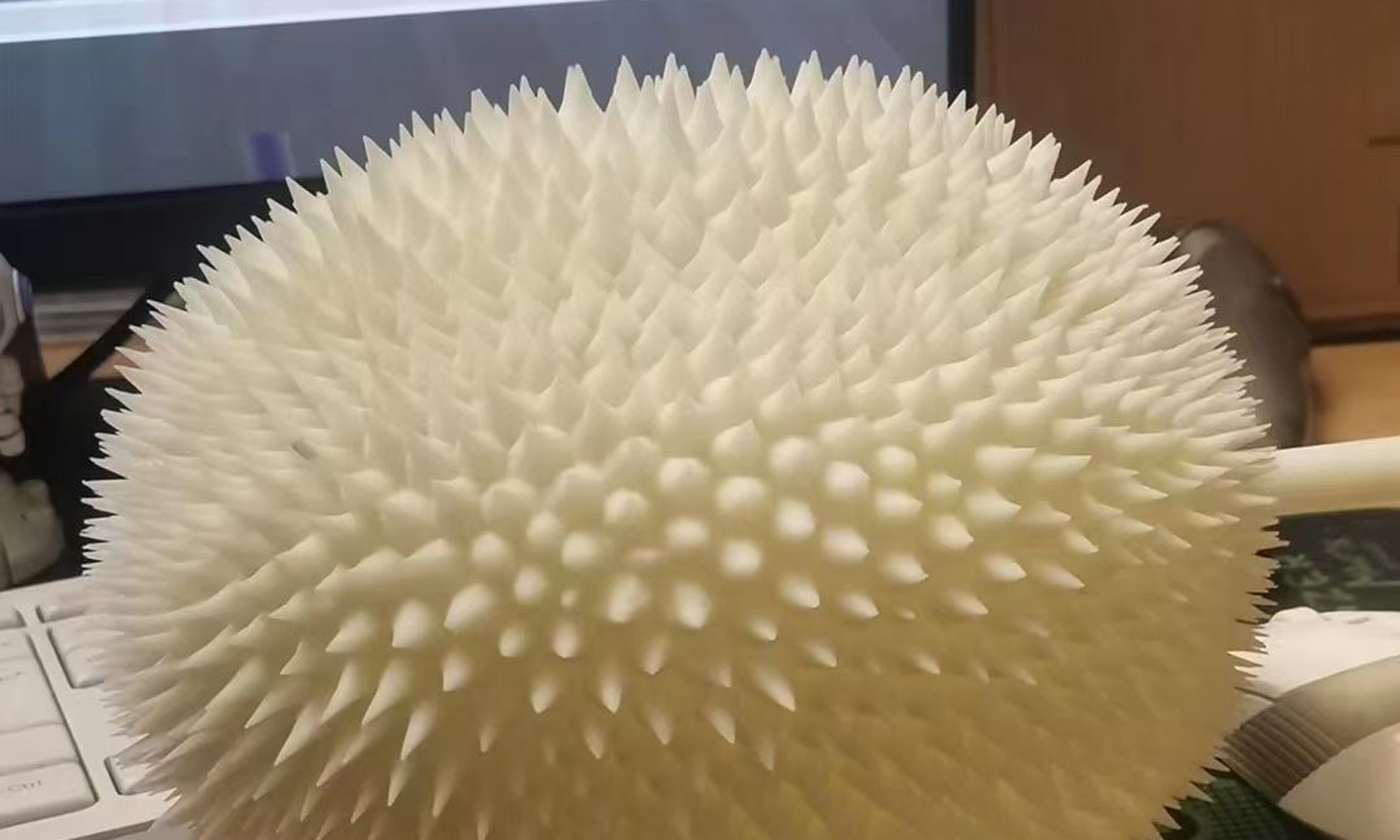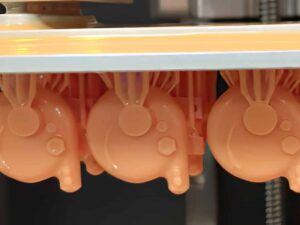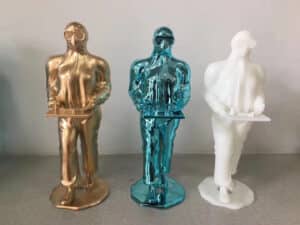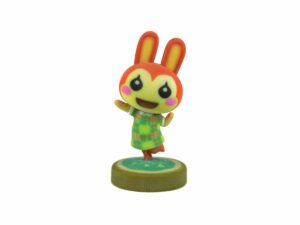- SLA 3D Printed Chinese Lion Head Door Knocker Replicas
- SLA 3D Printed Carrot-theme Lunch Box Children Tableware
Material Resin
Quantity 1 pcs
Price Range $100-1,000
Lead Time 5 workdays
Gallery
About Project
Durian is a tropical fruit that is famous for its strong smell and spiky appearance. Some people love it, some people hate it, but no one can deny that it is a unique and eye-catching fruit. But what if you want to display a durian without having to deal with its odor and spoilage? ThatŌĆÖs where SLA 3D printing comes in handy.
SLA stands for stereolithography, which is a 3D printing technology that uses a laser to cure liquid resin into solid objects. SLA 3D printing can produce high-resolution, smooth, and detailed models that are suitable for fake food market. Fake food models are used for various purposes, such as decoration, education, advertising, and entertainment.
One of the advantages of SLA 3D printing is that it can print hollow models, which can save material and reduce weight. This is especially useful for large and bulky fruits like durian. To print a hollow durian model, the 3D model needs to be split into two parts before printing, and then glued together after printing. This way, the model can have a realistic shape and size, but also be lightweight and easy to handle.
Another advantage of SLA 3D printing is that it can print with different types of resin, which have different properties and colors. For example, white generic resin is a common and affordable resin that can be used for printing the base model of the durian. Then, the model can be painted with a spray gun to achieve a realistic color and texture of the durian skin and flesh. The spray gun can also create a glossy or matte finish, depending on the desired effect.
However, SLA 3D printing requires careful design and optimization of the 3D model to avoid printing failure and ensure quality. For example, the thorns on the durian model need to be thick and blunt enough to withstand the printing process and the post-processing steps. Otherwise, they might break off or cause damage to the printer or the user.
If you are looking for a reliable and professional SLA 3D printing service provider, you should check out FacFox. FacFox is a leading online platform that offers high-quality and affordable 3D printing services for various industries and applications. FacFox has a team of experienced and skilled engineers who can help you with your 3D printing projects, from design to delivery. FacFox also has a wide range of SLA resins and colors to choose from, as well as other 3D printing technologies and materials. Whether you need a single prototype or a large batch of models, FacFox can handle it with speed and efficiency.
To learn more about FacFox and SLA 3D printing, visit their website facfox.com. You can also upload your 3D model and get an instant quote for your SLA 3D printing order. FacFox is your one-stop shop for all your 3D printing needs. Try it today and see the difference for yourself.
Solution
- Step 1: A 3D model of a durian was created using 3D modeling software. The 3D model was split into two parts, the upper half and the lower half, to make it hollow and easier to print. The 3D model was also optimized for SLA 3D printing, such as adding supports and adjusting the thickness and shape of the thorns.
- Step 2: The order details, such as the resin type, color, quantity, and delivery address, were specified by the customer. The order was then confirmed and processed by FacFoxŌĆÖs engineers, who checked the 3D model for any errors or issues and prepared it for printing.
- Step 3: The 3D model was printed using an SLA 3D printer at FacFoxŌĆÖs facility. The SLA 3D printer used a laser to cure the liquid SLA Generic Resin layer by layer, until the two parts of the durian model were completed. The printing time and cost depended on the size and complexity of the 3D model, as well as the resin type and color.
- Step 4: The printed parts were removed from the printer and cleaned with alcohol to remove any excess resin and support structures. The printed parts were then cured with UV light to harden and strengthen the resin. The curing time and method varied depending on the resin type and color.
- Step 5: The painted parts were glued together with epoxy to form a whole durian model. The glue was applied carefully and evenly to avoid any gaps or misalignment.
- Step 6: The printed parts were painted with a spray gun to give them a realistic appearance of the durian skin and flesh. The spray gun used acrylic paints that matched the color and texture of the durian. The spray gun also created a glossy or matte finish, depending on the desired effect. The painting process required skill and patience, as well as a well-ventilated and dust-free environment.
- Step 7: The glue was then left to dry and cure for a few hours, until the durian model was ready to be shipped or displayed.

